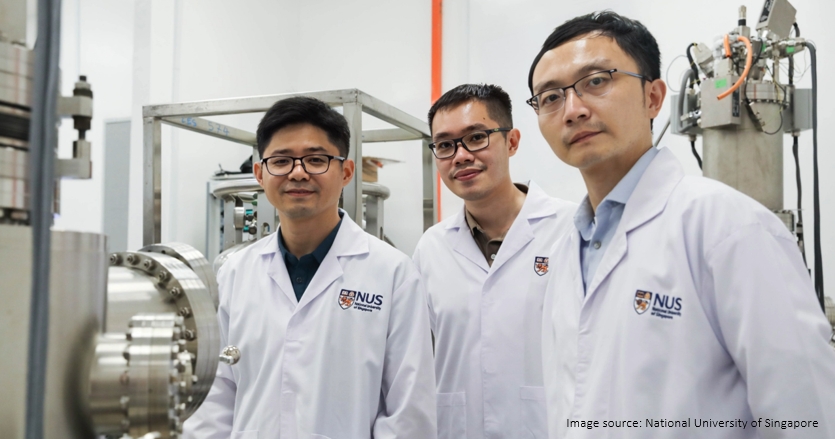
National University of Singapore (NUS) researchers led by Associate Professor LU Jiong from the Department of Chemistry under the NUS Faculty of Science, together with their international collaborators, have developed a new class of catalysts – known as heterogeneous geminal atom catalysts (GACs) – that promotes greener and more sustainable manufacturing processes for fine chemicals and pharmaceuticals.
Fine chemical and pharmaceutical manufacturing are major sources of air pollution, with recent studies showing the carbon footprint of the pharmaceutical industry to be heavier than the automotive industry. Beyond greenhouse gas emissions, the pharmaceutical industry is also responsible for other serious environmental impacts, such as water pollution from wastewater released by manufacturers.
“Developing alternative catalytic systems capable of achieving atomic-level precision while ensuring recoverability is at the forefront of our mission to revolutionise sustainable manufacturing processes for fine chemicals and pharmaceuticals. This ground-breaking achievement is the outcome of a close collaboration between several institutions,” said Assoc Prof Lu.
The study was a collaboration involving Associate Professor KOH Ming Joo and Assistant Professor ZHU Ye from the Department of Chemistry under the NUS Faculty of Science, Professor LI Jun from Tsinghua University in China, Professor Javier PÉREZ-RAMÍREZ from ETH Zurich in Switzerland and Dr XI Shibo from the Agency for Science, Technology and Research (A*STAR) in Singapore.
The research breakthrough was published in the scientific journal Nature.
“Our goal in the near future is to create a library of GACs by carefully adjusting the specific types and combinations of geminal metal centres. This can potentially transform the conventional methods of chemical production. It could signify the dawn of a new era where GACs play a pivotal role in achieving greener and more environmentally friendly chemical and pharmaceutical manufacturing,” added Assoc Prof Lu. Read the full article here.

The innovative catalyst — as shown in powder form – takes on a unique heptazine structure and has two copper ion cores, making it dynamic and adaptable in chemical reactions for chemical bonds to form efficiently.
